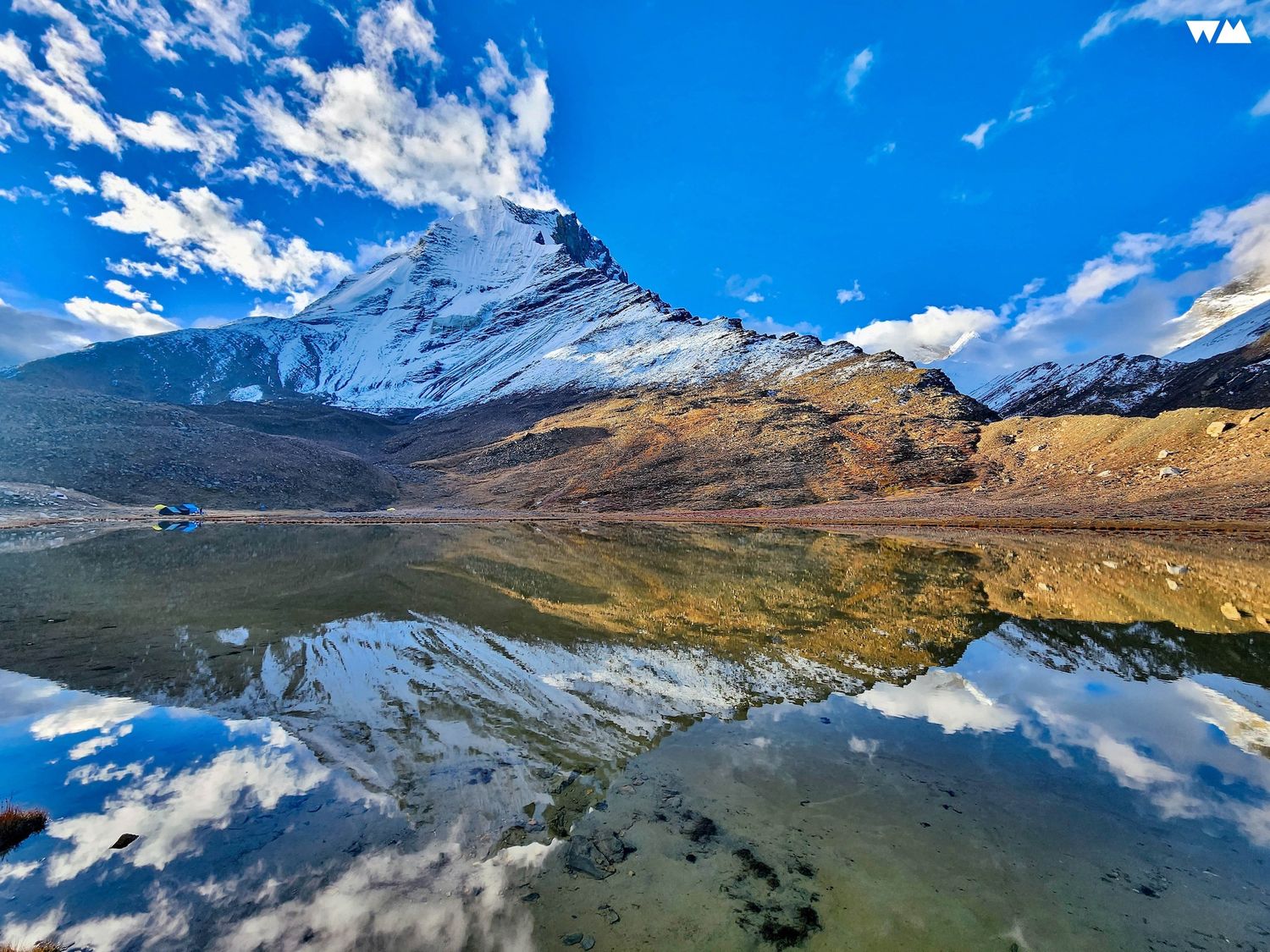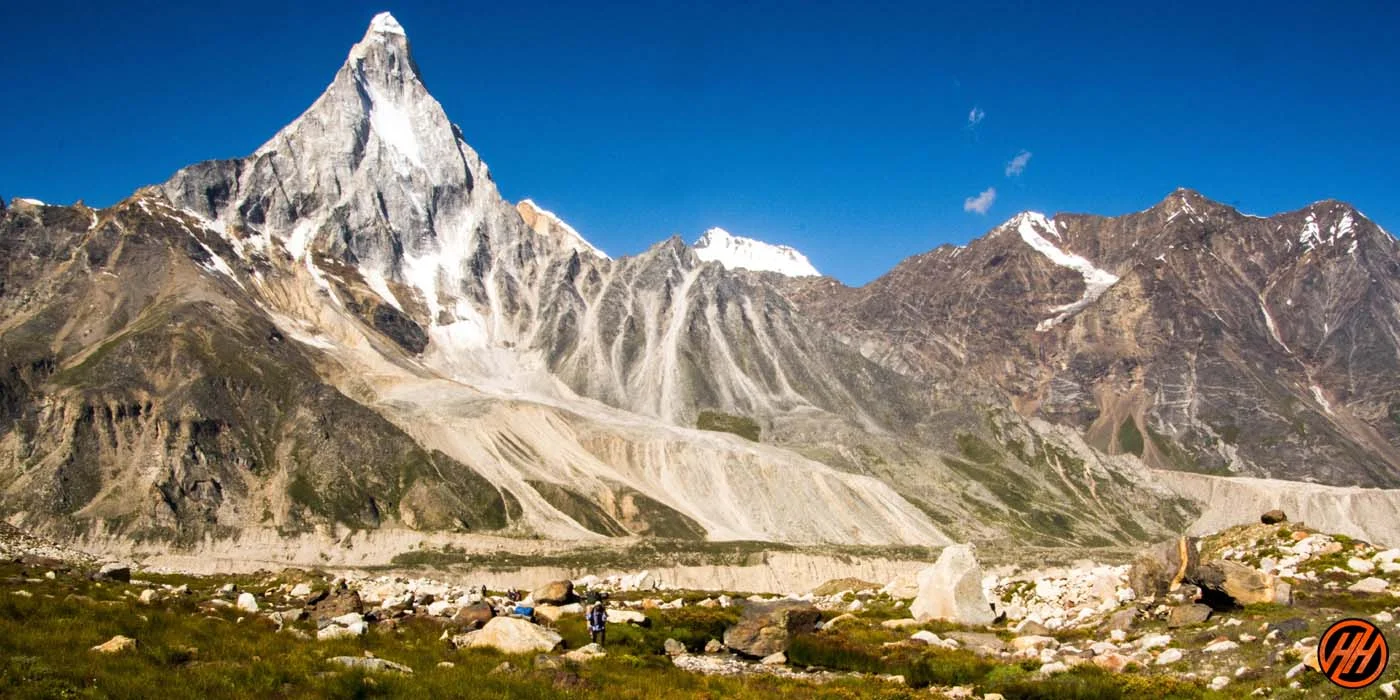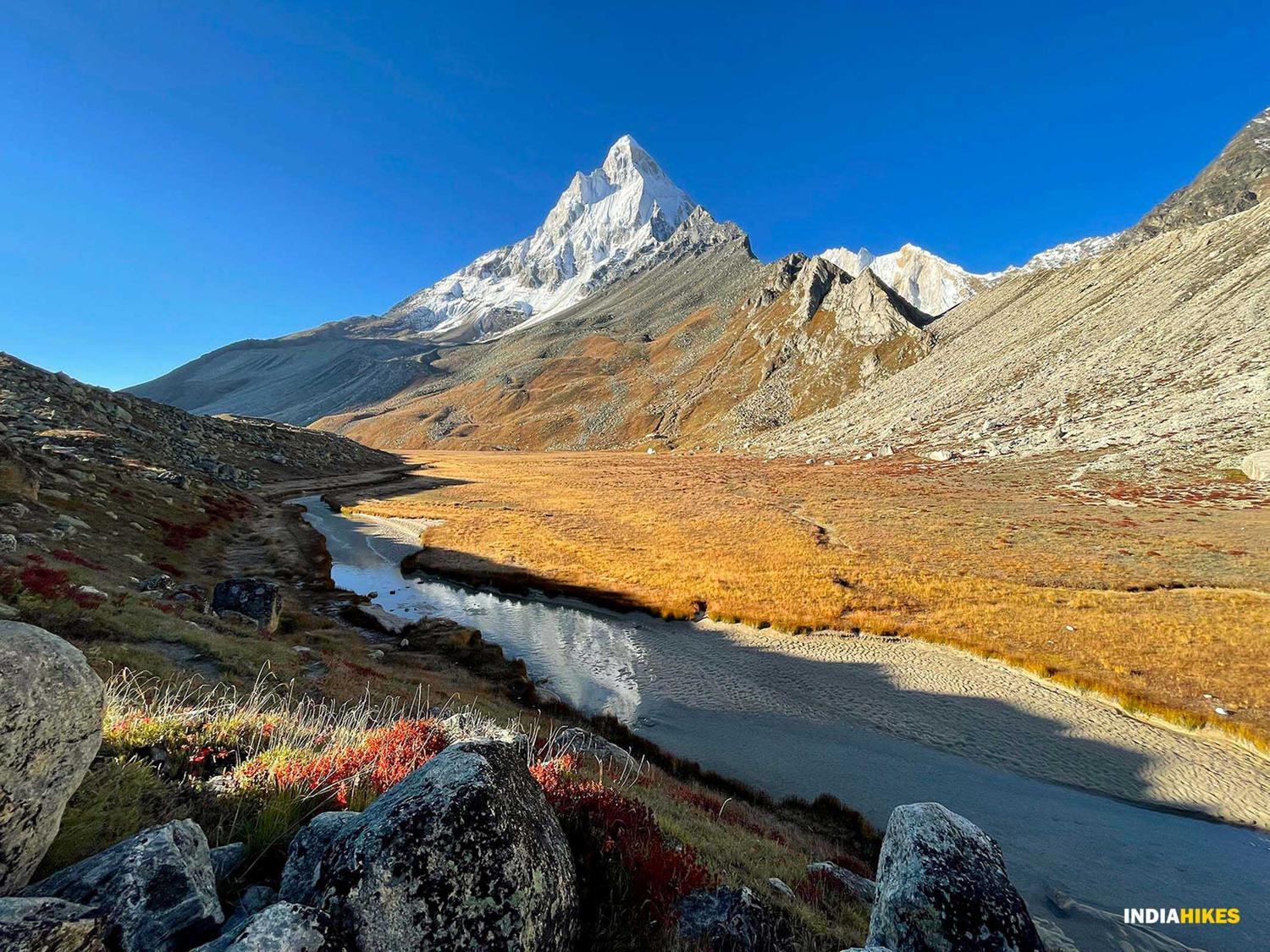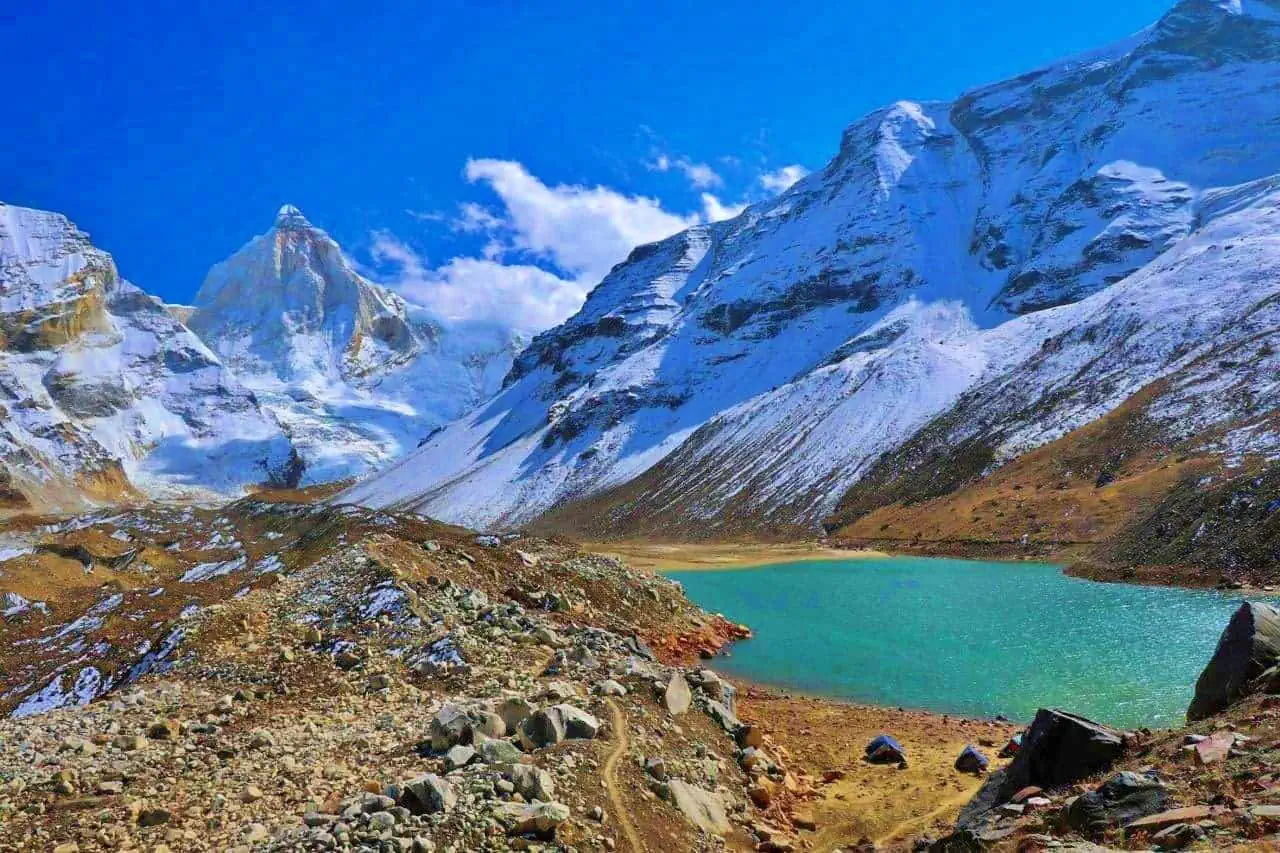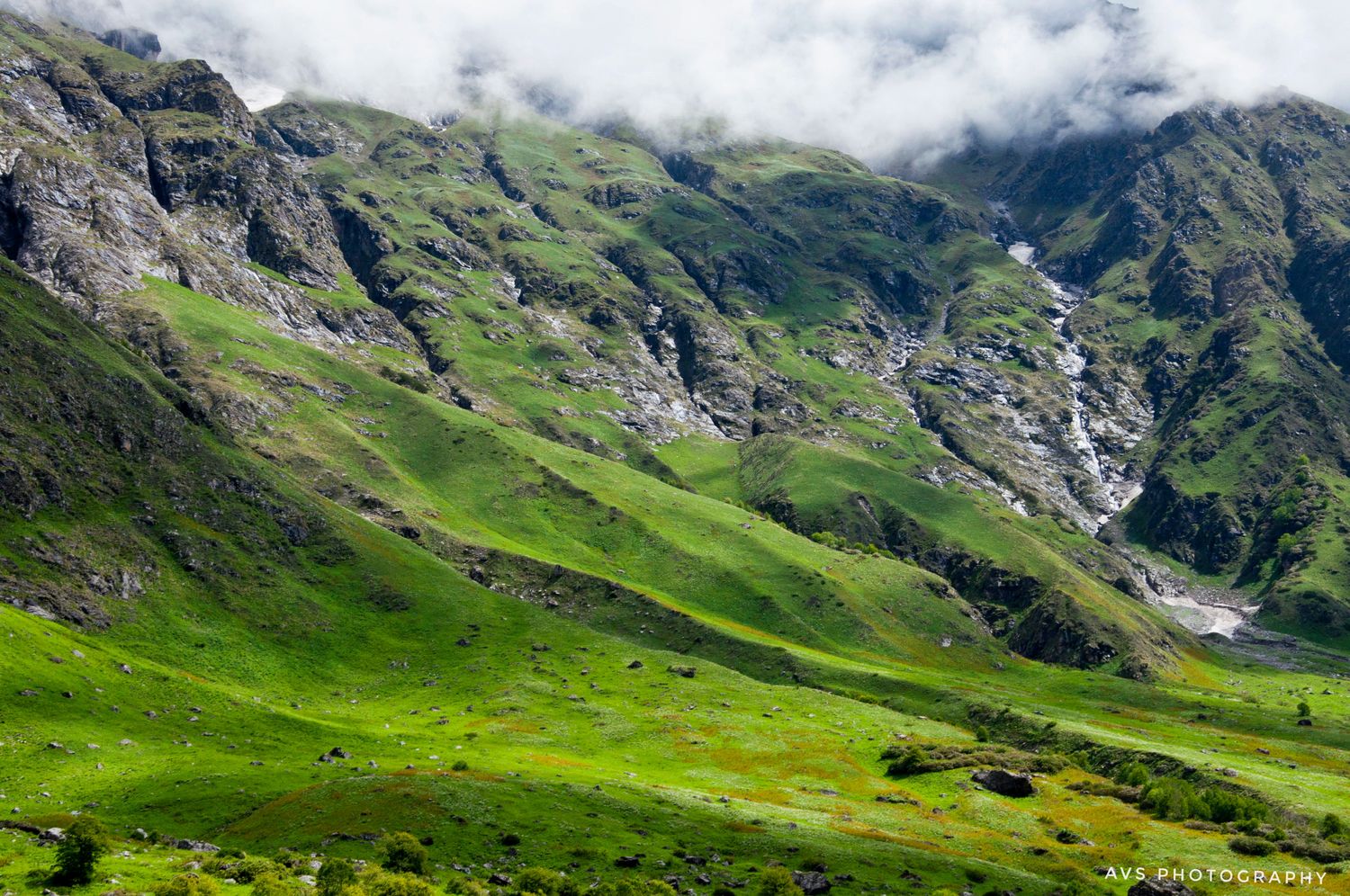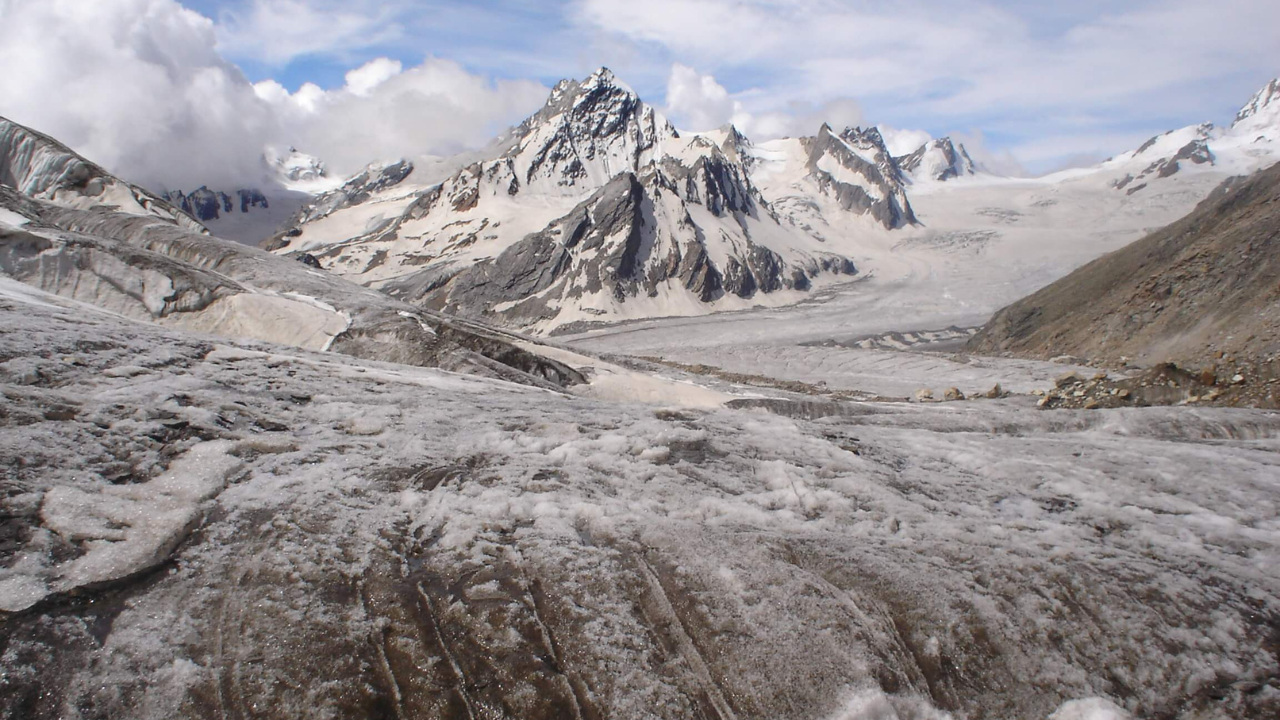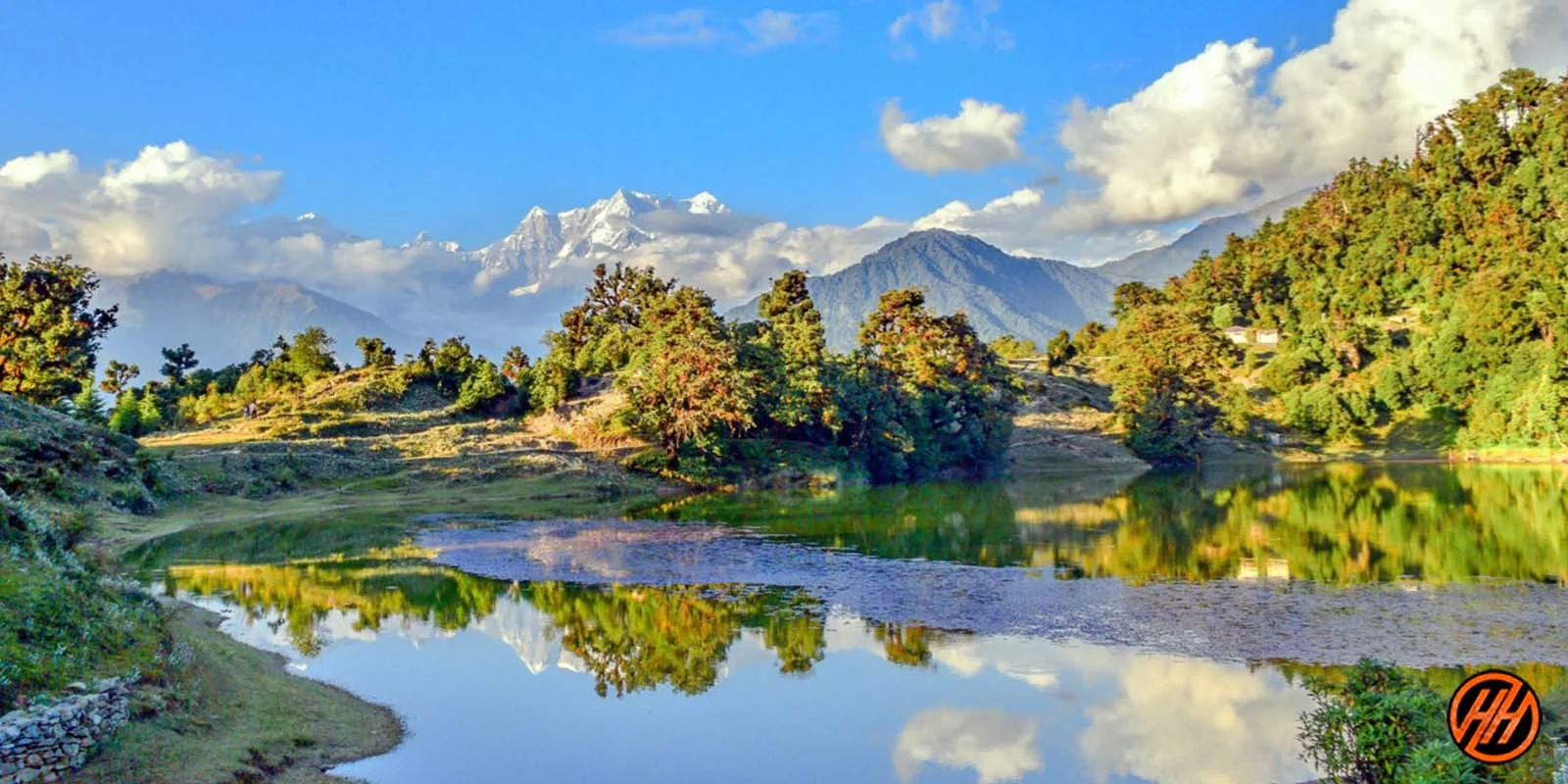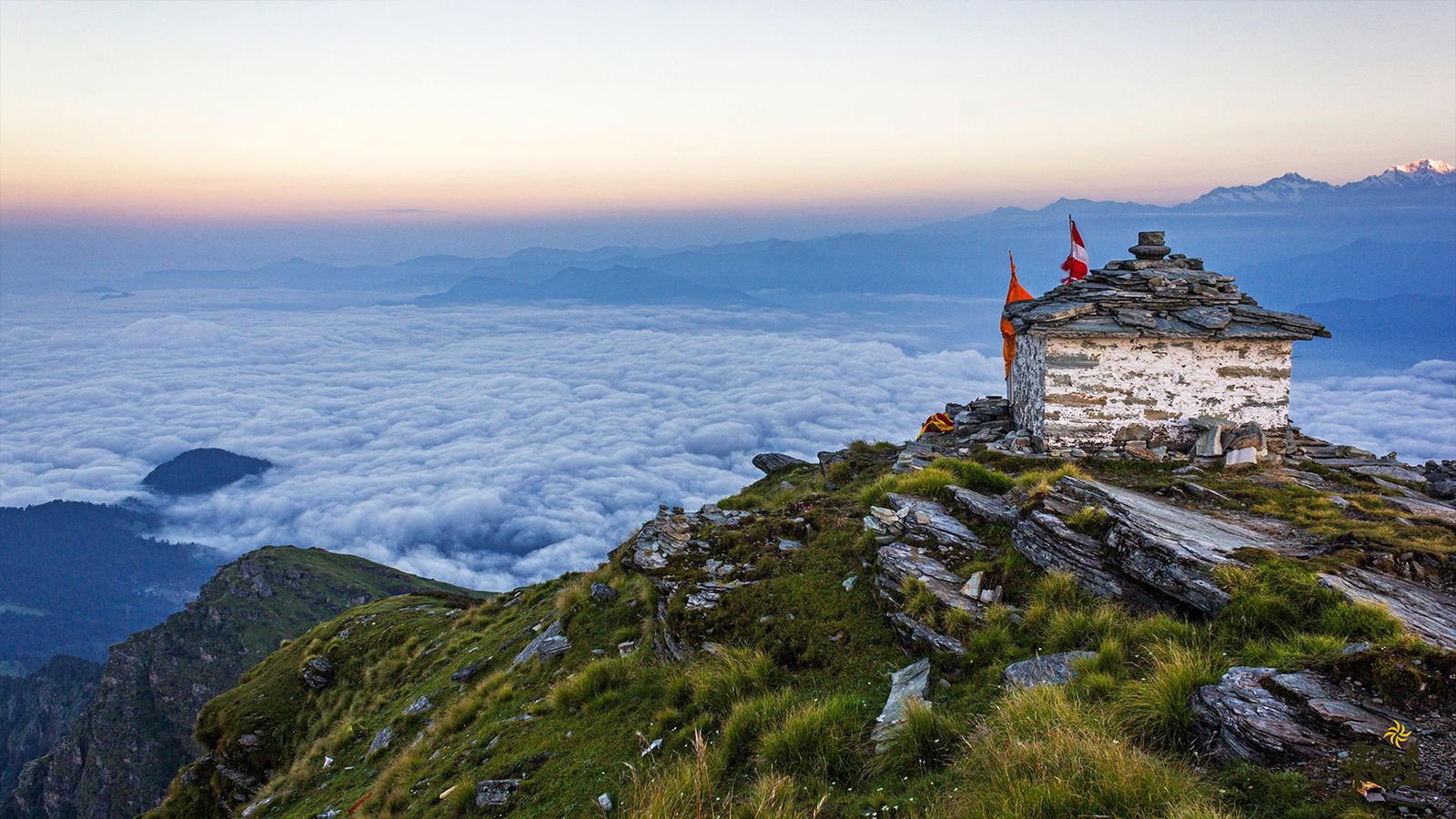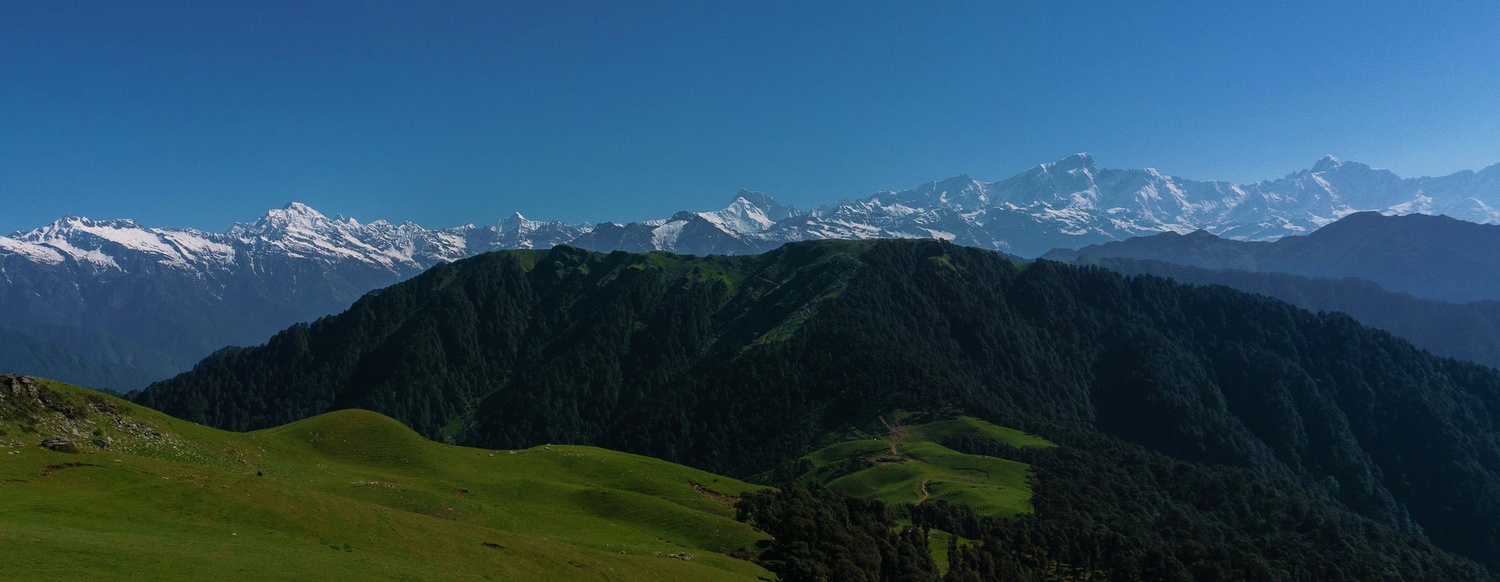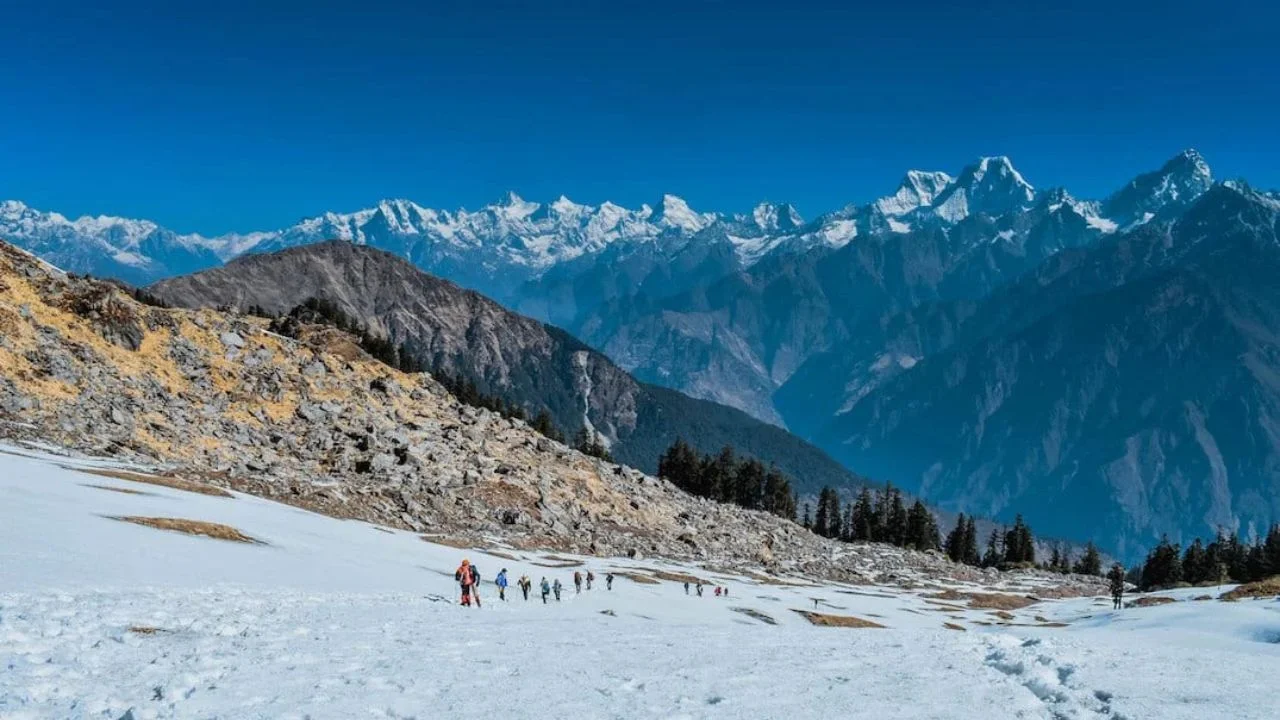Kalindi Khal Trek: The Ultimate Himalayan Crossing
The Kalindi Khal Trek is one of the most challenging and rewarding high-altitude treks in the Indian Himalayas. Connecting two holy shrines, Gangotri and Badrinath, this expedition takes you through glaciers, crevasses, moraines, and high mountain passes at nearly 6,000 meters. Known as one of the toughest trekking routes in India, Kalindi Khal is meant for experienced trekkers who want to test their endurance and witness the raw beauty of the Garhwal Himalayas.
A Route Through Sacred Lands
Starting from Gangotri, the trek passes Gaumukh (source of River Ganga), Tapovan, and several sacred points before crossing Kalindi Khal. It ends at Badrinath, creating a spiritual journey through the heart of Uttarakhand.
Challenges of the Trek
The trek demands technical mountaineering skills. Harsh weather, difficult terrain, and altitude above 19,000 ft make it one of the toughest treks in India. Proper acclimatization, fitness, and guidance are mandatory.
Why Kalindi Khal is Legendary
The trek rewards adventurers with unmatched views of Shivling, Bhagirathi, Meru, Kedar Dome, and Mana Parvat peaks. The sense of achievement in completing this cross-country Himalayan expedition is beyond compare.
